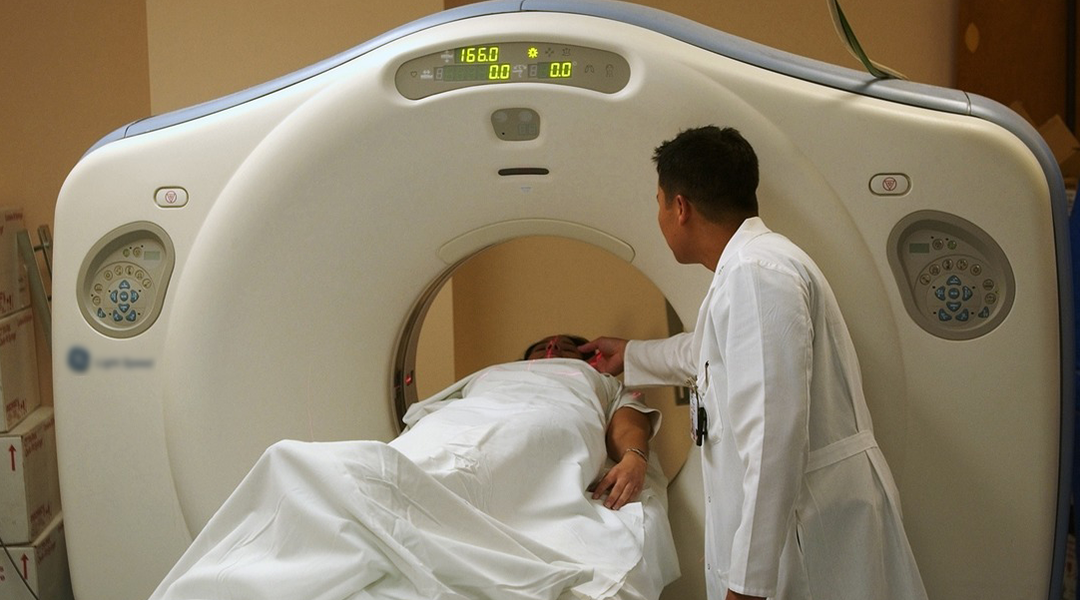To limit the spread of COVID-19, the early detection of infection is critical. Without a rapid and accurate test for the disease, it is difficult to implement the necessary quarantine measures. At the current time, Chinese government guidelines stipulate that gene sequencing of blood samples should be a key factor in COVID-19 diagnosis.
However, it was shown in a recent study that the sensitivity of this gene sequencing test was between 30 and 60% when patients initially presented to a hospital. While the sensitivity of the test improves over time through repeated testing, a rapid, highly sensitive technique would be a welcome addition to current protocols.
In this context, a team from the university of Wuhan, recently conducted a study in which 1014 patients with suspected cases of COVID-19 underwent two different diagnostic techniques, gene sequencing, and chest CT. Chest CT is a technique that is commonly used for the diagnosis of pneumonia, it is relatively straightforward to carry out, and results can be analyzed quite quickly.
601 of the patients were diagnosed with COVID-19 by the gene sequencing technique. In comparison, chest CT identified 888 cases.
These raw numbers could simply be a result of chest CT producing a large number of false positives. In order to investigate this possibility, the research team followed up with each of the patients as they went through a battery of further tests.
The key patients were the ones identified as carrying COVID-19 by the chest CT, but not diagnosed through initial gene sequencing. Of these patients, 81% were eventually classified as probable or highly likely cases. This suggests an overall false positive rate for chest CT of around 6%.
However, this low false positive rate may be influenced by the setting of the experiment. At the epicenter of the viral outbreak, the doctors who select patients for testing were quite experienced in diagnosis, and as a result, the cohort of patients in this study were quite likely to ultimately test positive. In a setting where the outbreak was not so far developed, the false positive rate may be higher.
This mode of testing then may not be appropriate for all settings, but in environments where the virus is relatively common, the high sensitivity of chest CT analysis to COVID-19 means that it should be seriously considered as a key part of the diagnostic array.














